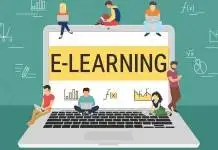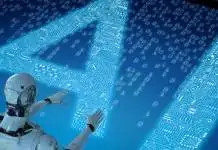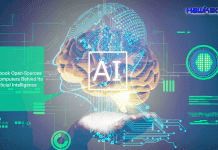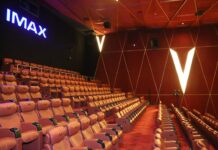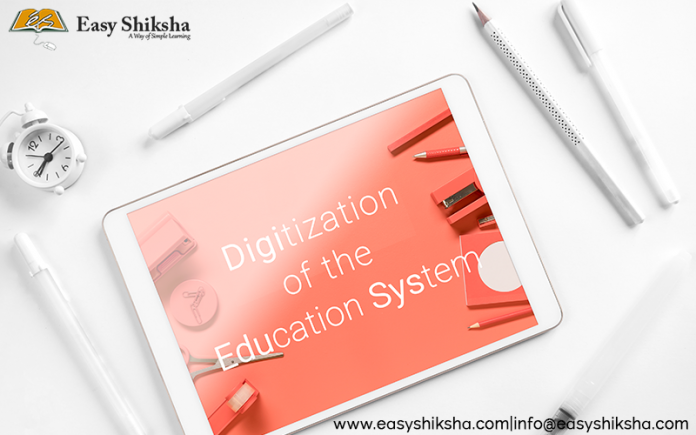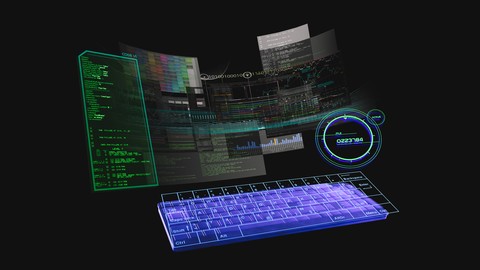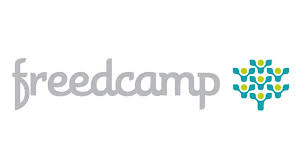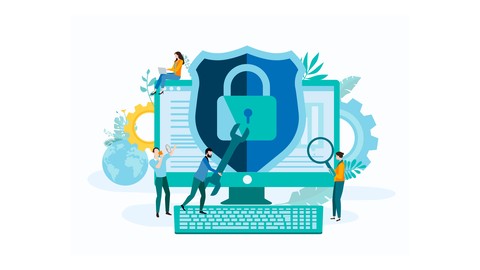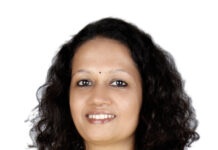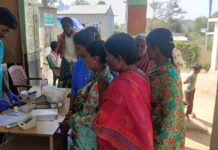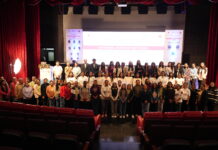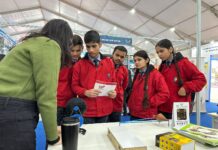A universal shift Gone are the days when people studied under street lights and candles, and wrote with chalk on the slate, sitting crossed-legged on the floor and repeating the same lines after their teachers’, loudly.
We’ve come a long way from using chalk and slate to using tech-led support systems like projector and stylus, smart boards, smart tables, digitals textbooks, networked learning, virtual field trips, learning videos etc. Is this transition helping kids? Meenakshi Panthry, a parent, says, “Due to digital intervention, there is an increased level of interest and motivation amongst children. My daughter always loves to explain her experience of smart classes. Recently, she shared her clear understanding of how snakes use a gait called ‘rectilinear locomotion’ to push themselves in a straight line, similar to earthworms. A universal shift Also, she is always eager to use Edmodo at her own as an educational tool that connects teachers and students for any new notices, flipped classes, educational matter or performance indexes.”

Important Announcement – EasyShiksha has now started Online Internship Program “Ab India Sikhega Ghar Se”
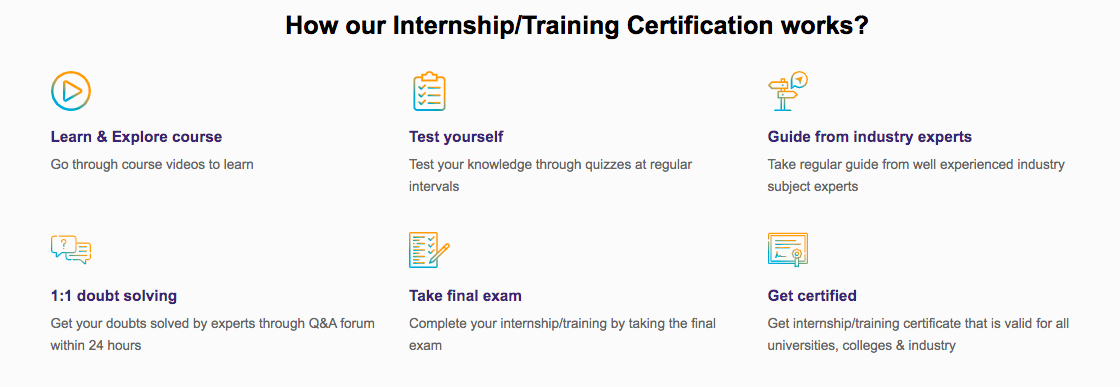
Sharing his thoughts on the relevance of blended learning solutions, Sudarshan Suchi, Secretary-General, SOS Children’s Villages of India said, “Education for us at SOS Hermann Gmeiner Schools has always meant the holistic development of a student – we see ourselves as contributing to future ideal and responsible citizens of the country. For us, schools and classrooms are just a part of a larger development journey of a child along with peer learning and learning from the environment while being in sync with the latest technological developments. All our Hermann Gmeiner Schools have been actively engaged in adopting digital learning tools like smart boards, e-books, digital library and we have a Mobile app which facilitates sending information around home work and circulars.”
Nowadays, there are many digital learning platforms available to help students to stay motivated and engaged in the self-learning process at their own pace. The main aim of these platforms, as per RCM Reddy, MD and CEO, Schoolnet India Limited (Formerly IL&FS Education & Technology Services Limited), is to reach people of all segments, to provide equal education opportunities for all.
Reddy said, “The traditional ‘chalk and talk’ method when being supplemented by digital tools should enhance the experience of both students and teachers. Our in-house digitally-led interactive teaching-learning device, K-YanTM (Knowledge Vehicle) adopts a blended and multi-sensory methodology that is found to significantly improve the teaching-learning efficiency in classrooms. K-Yan – combining technology, interactivity, portability, pedagogy and innovative content – can convert any room into an interactive and rich learning environment, even where infrastructure is minimal. Besides, it can connect with multiple hand-held devices over a wireless network and act as a local cloud/server in a low connectivity environment. The idea is to transform any basic classroom into a fun-filled, quality learning experience for all the stakeholders and improve the efficiency of teaching and learning. K-Yan-based solutions have reached to more than 50,000 classrooms, and are consistently improving learning outcomes of over 15 million students globally.”
Top Software Engineering Courses
Technology is trying to play a major role in the life of kids living in small villages of India, who felt under-confident to speak in classes or never felt motivated to attend schools. A universal shift There are a few learning solutions, which could just not be accessed on low connectivity, but provide preloaded content, to instil yearning to learn. Both introvert and extrovert students can be seen participating in the classrooms now with improved capabilities.
“According to the India Annual Status of Education Report (ASER) survey of school kids in the rural areas, it was found that only 58% of children enrolled in classes from 3 to 5 could read a class one text. However, it was learnt that after intervention of initiatives like Sampark Smart Shala (by Sampark Foundation, which collaborates directly with government schools) in few schools in States like Uttarakhand and Chhatisgarh, students’ performance spiralled four times. While speaking to my counterparts in these states, I found that these schools use child-friendly teaching aids to make learning fun filled as well interactive, which have increased as well as sustained the attendance of children in the school”, said Satinder Kaur, Principal of a Government School in Kotla.
Dwelling on the need to democratise education with the widespread adoption of technology, Kaur added, “As most of the children of the country go to government schools, it is important to have seamless implementation of ICT in daily education, by enabling the enablers – teachers.”
However, things are not as easy as they seem. The challenges are not just financial and logistical, but technological, habitual and attitudinal too.
One of the teachers of a government school in Karol Bagh, on condition of being anonymous, shared a few challenges. She said, “Teachers in government schools are trying to adopt technology, to ameliorate their students learning skills. However, for us also, the transition to digital teaching or educating with Ed tech tools is not so easy because technology scares, many of us and, we never used it in the past too. Besides, the internet connectivity is either bad or not available. Even if we show willingness, there is not enough training. The last training we had, took place just for a day and that too two years back, for using projectors to teach the students.”
Our country is home to the largest population of children in the world, with an estimated 472 million children under 18 and 29% under 6 years. For India to shine as a golden spot on the world map in the next three to four decades, we need to work towards the upcoming demographic dividend, which currently lies with the age group of kids below 14. And here, a universal shift from ‘Chalk to Stylus’ is the need of the hour, to enable teachers and excite students to emerge capable to meet 21st century skills.
Empower your team. Lead the industry
Get a subscription to a library of online courses and digital learning tools for your organization with EasyShiksha
Request NowALSO READ: gharpecoaching-oliveboard
Get Course: Basic-Computer-Skills-Certification-Course













